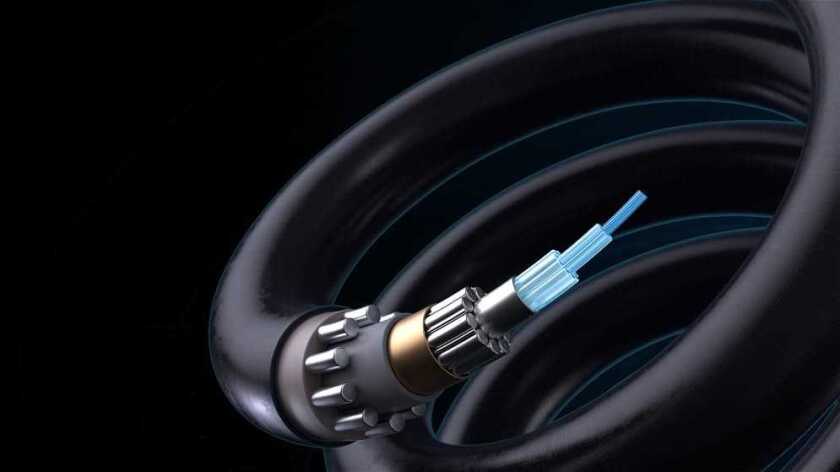The submarine cable industry has been booming for a few years now, with no obvious indicators of dropping off in the near or medium-term. As modern systems are deployed on traditional routes in the trans-Atlantic and trans-Pacific regions, the construction boom has begun to transition to previously underserved markets such as southeast Asia and Africa.
This is perhaps best illustrated in Africa, where two, sometimes competing OTT-led systems provide the opportunity to rapidly advance economic development in the countries they serve. New wireless broadband infrastructure funnels traffic into a few cable landing stations which dot the shores of the sprawling continent. The OTTs have reshaped the submarine cable industry, encouraging accelerated technology developments, open access to cable landing stations, quick and reasonable decision making, and fair access to backhaul.
Further, their buying power can be leveraged by participating in one of their systems. When the OTTs come knocking on the doors of underserved or developing nations, there is an opportunity for these nations to modernise their telecom industries and foster future economic growth. However, the OTTs move quickly as they hop around the globe deploying multiple projects. There is often little time for these nations, their incumbent telecom operators, and their governments to understand the complexities of these systems before needing to commit millions or even tens of millions of dollars to a project.
Dueling OTT Systems in Africa
By now, everyone has heard the buzz about Facebook-led 2Africa and Google-led Equiano. Both systems are massive, together equipped with more than two dozen branching units connecting the majority of African nations to one of these systems. Both systems incorporate the above-mentioned attributes, encouraging competition and offering the potential to break the stifling monopolies or duopolies of many countries. Both projects move swiftly, as Google and Facebook have insatiable data demands. This results in the countries invited to participate in 2Africa and/or Equiano not having the luxury of time to decide whether they are in or out.
2Africa, for example, is a massive consortium which assembled and achieved contract-in-force in only 18 months, a feat that would have seemed impossible a few years ago. Equiano, on the other hand, is a Google private cable, meaning the project moves at the rapid pace that Google sets. Either way, many of the participating nations in these systems have had to say “yes” without the benefit of sufficient time to fully analyse the investment opportunity or, in some cases, understand the function of a submarine cable.
Challenges to a fast-paced industry
With these great opportunities come a few challenges. First and foremost is the difference in mindset between the OTTs and small telecom companies or government entities. On Equiano, for example, it’s easy for Google to overlook the hurdles that these nations must overcome to approve large investments, even when the benefit of a branch is overwhelmingly apparent. It’s like the child of wealth not understanding why the average parent doesn’t just buy their kids a car. It’s not for lack of empathy or some sort of ill will; each party just comes from a different world with different mindsets.
The second challenge is the lack of submarine cable education. Landing parties in each country have obligations to provide infrastructure to facilitate cable installation and, thereafter, operation. There are many cases where deals are made without understanding the intermediate steps needed to achieve the end goals – and it’s not the responsibility of the OTTs to educate.
Leadership and Force of Will
Bureaucracy is often the enemy of timeliness, and these underserved nations would be doomed to miss out on the benefits these cables can bring without strong leadership and, in many cases, sheer willpower by government ministers stepping into telecom operator roles. The incumbent, monopolistic operators neither want their monopoly broken nor are able to function effectively in these “open access” models that the OTTs demand. Government-sponsored initiatives can be seen through the formation of government-owned or sponsored joint ventures (JVs) or special purpose vehicles (SPVs) with the government possessing a “golden share” to streamline decision making.
These leaders understand that their countries, economies, and respective telecom industries must adapt to the OTT’s pace, or they will miss the boat – quite literally.
Opportunities on the Horizon
In addition to the aforementioned opportunities for these underserved countries, lie possibilities for outside investment, public-private partnerships, education, and even the opportunity to do something good. The OTTs are bringing the physical infrastructure, but, in many cases, underserved nations are still waiting for someone to bring the “personnel infrastructure.” Education, guidance, and knowledge transfer will be critical for these nations to be able to truly exploit the potential of these new cable systems.





